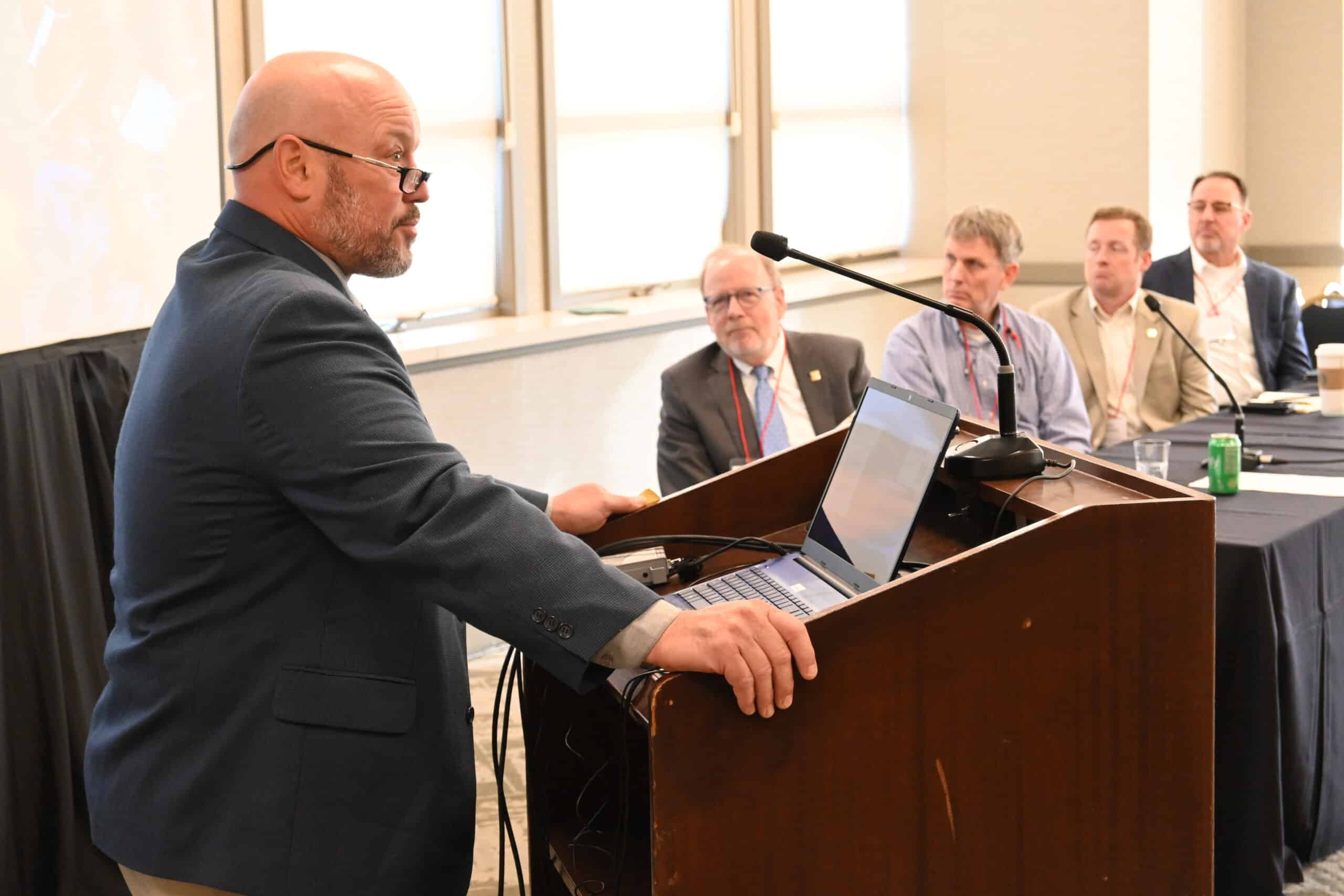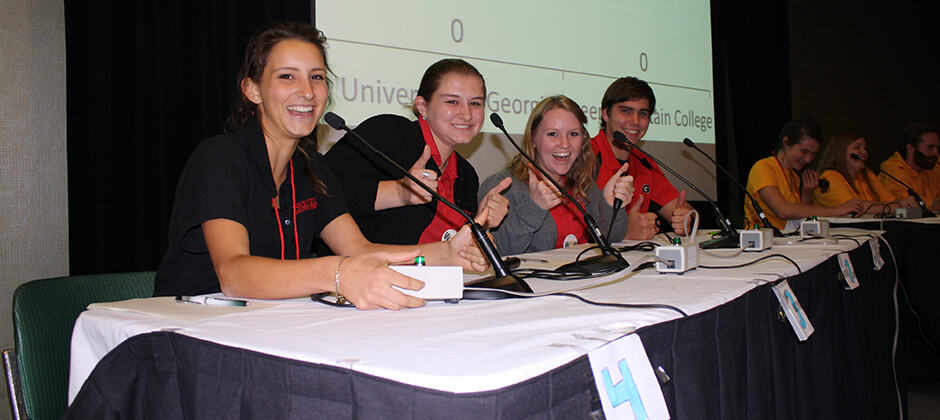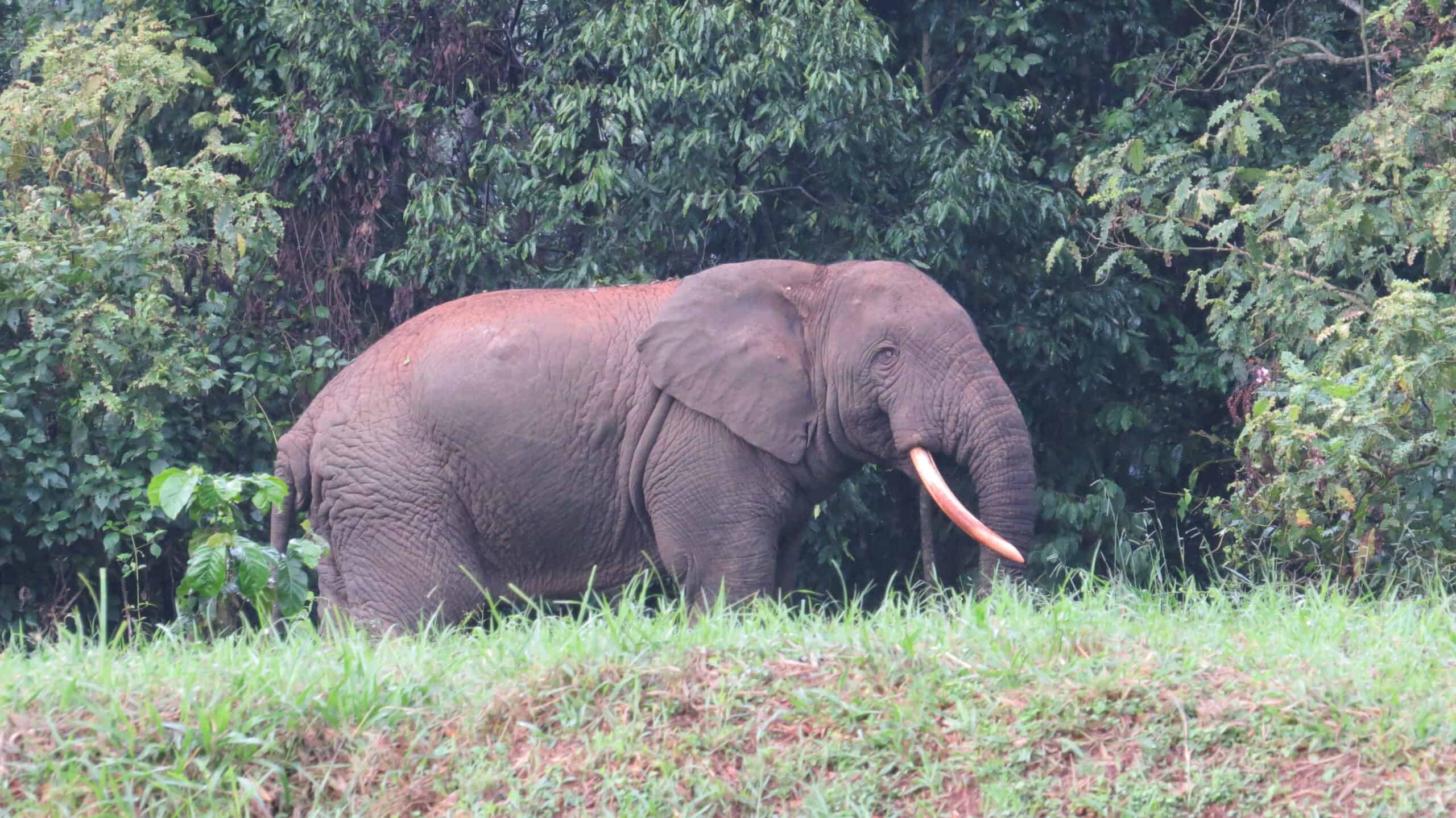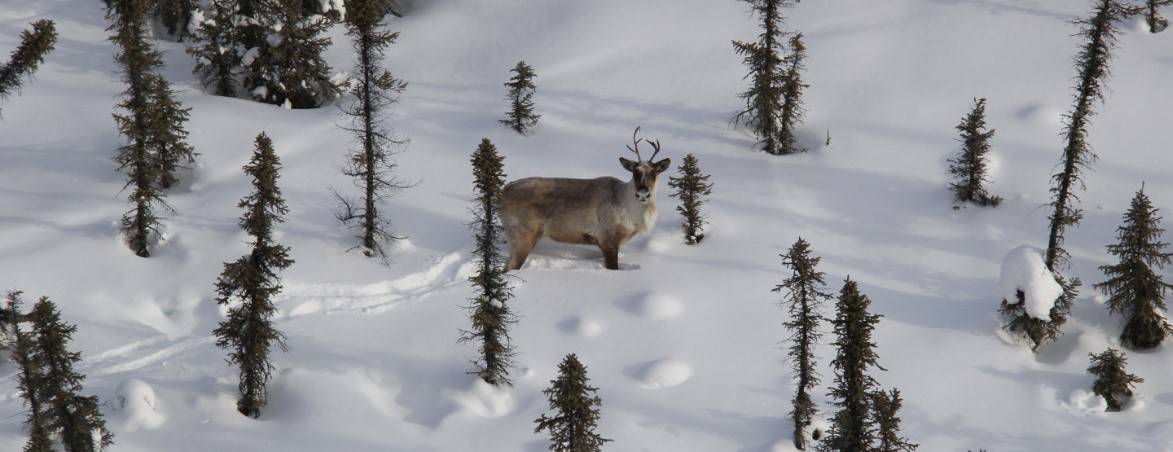Share this article
TWS 2023: Confronting a changing profession
At TWS’ 30th Annual Conference, wildlifers grappled with shifting priorities
As wildlifers sat down with federal agency representatives to learn about career opportunities, they got some unusually good news: jobs are opening—and will continue to open.
But what those jobs will entail often remains a mystery. The profession is changing, agencies are reexamining their roles, and biologists are pondering the future of conservation work.
There are new technologies and new concerns. But there are also changing expectations of fish and wildlife agencies, dwindling funds, and a search for relevancy among a diverse public. Throughout TWS’ 30th Annual Conference, wildlifers addressed those changes during numerous panels.
“It’s easy to think about money, money, money,” said Ron Regan, executive director of the Association of Fish and Wildlife Agencies. “But it also takes leadership and visionaries who are willing to take risks and try new and different things to serve their mission.”
Regan led a symposium titled “State Fish and Wildlife Agency Conservation Efforts: More than Bucks, Bulls and Bullets.” The title spoke to the challenges facing state agencies, whose funding and focus have largely related to hunting and fishing. Yet they are increasingly working to conserve nongame species, even as revenues decline.
State successes
An exception to those declining dollars is Missouri, whose Department of Conservation is largely funded through a sales tax. A representative from the department shared that “Missouri model,” which has allowed for ambitious ecosystem conservation programs and the creation of a relevancy branch dedicated to reaching out to communities like urban Blacks and young people for whom hunting isn’t a priority.
Representatives from other states also shared their efforts, including Utah’s work to support declining pollinators and Washington’s gray wolf (Canis lupus) recovery efforts. That work has included extensive work with livestock producers to reduce opposition to growing wolf populations, said Julia Smith, endangered species recovery section manager for the Washington Department of Fish and Wildlife.
As a result of state efforts, including extensive outreach to livestock producers, wolf conflicts have remained steady, even as the wolf population has grown to 216—well above state recovery goals. “We’re seeing wolf recovery happen before our eyes,” she said.
The annual $1.6 million price tag comes in part from conservation license plate sales, but 30% comes from the state legislature’s general fund. Washington’s legislature has also committed $15 million in annual funding for species of greatest conservation need—a far cry from some states, which receive no state funding at all.
Rethinking the model
Wildlifers are also rethinking the North American Model of Wildlife Conservation—the guiding principle is often seen as central to U.S. and Canadian wildlife management, which stresses public ownership of wildlife resources.
“Our emphasis here is to really set the stage for a new look at the future—not a look back at the model,” said John Organ, a lead scholar on the model.
The North American Model is getting a fresh look as part of a once-a-decade assessment recommended by The Wildlife Society, which first detailed the model in a 2012 technical review. The model is criticized for a variety of reasons, said Lane Kisonak, AFWA’s chief legal officer, including an overemphasis on hunting and a lack of recognition of Indigenous approaches.
Yet it was not meant to be prescriptive, Kisonak said. It was created to describe how the U.S. and Canada the two countries historically approached wildlife management—not how they should approach wildlife management.
Shane Mahoney, president of Conservation Visions, is among those who believes it should be reconsidered. Not because “the model itself is some kind of derelict,” he said, but because of a global biodiversity crisis demands more action—and perhaps more protectionism than the model historically provided.
“Whatever else we do in deliberations today and going forward,” Mahoney said in a Monday panel at the conference, “let us not put our institutions first, and let us not put our jobs first. Let us put first the natural systems and the wild species of this planet and all of the human cultures that exist so brilliantly, in the face of such terrible odds. Let us try to find a model, a paradigm, an approach, that gives those of us from North America a globally relevant space for people with nature, and nature with people.”
‘Collective brainpower’
What would that model look like? That question was central to the panel “Stakeholder Engagement and Wildlife Governance in a Changing World,” in which panelists discussed the centrality of consumptive use—activities like hunting and fishing—to wildlife management.
“What I’m talking about is a complete, systematic focus on game species, and a focus and funding that could be diversified,” said Michelle Lute, co-executive director of the group Wildlife for All. The organization, which seeks to make state wildlife agencies more reflective of broader approaches to wildlife and ecosystem management, drew fire from hunting groups when it appeared at last year’s conference.
“I hope it’s safe to say that we can all recognize the moment of crisis we’re in, and that crisis demands cooperation,” Lute said.
Yet most wildlife agencies rely on the sales of hunting and fishing licenses to do their work, including conserving at-risk species. “Our mission is to manage all wildlife, not just deer and turkeys,” said AFWA president Charles Sykes, director of the Alabama Wildlife and Freshwater Fisheries Division, whose agency is working to recover the Red Hills salamander (Phaeognathus hubrichti).
Tony Wasley, CEO of the Wildlife Management Institute, called for a meeting of minds, “to bring our collective brainpower together and come up with a new vision that will hopefully have some new outcomes as it relates to climate change and biodiversity conservation.”
Header Image: Leo Miranda, CEO of the organization Conservation without Conflict, discusses successful state conservation efforts at a Wednesday panel at TWS’ 2023 Annual Conference. Credit: David Frey/TWS








